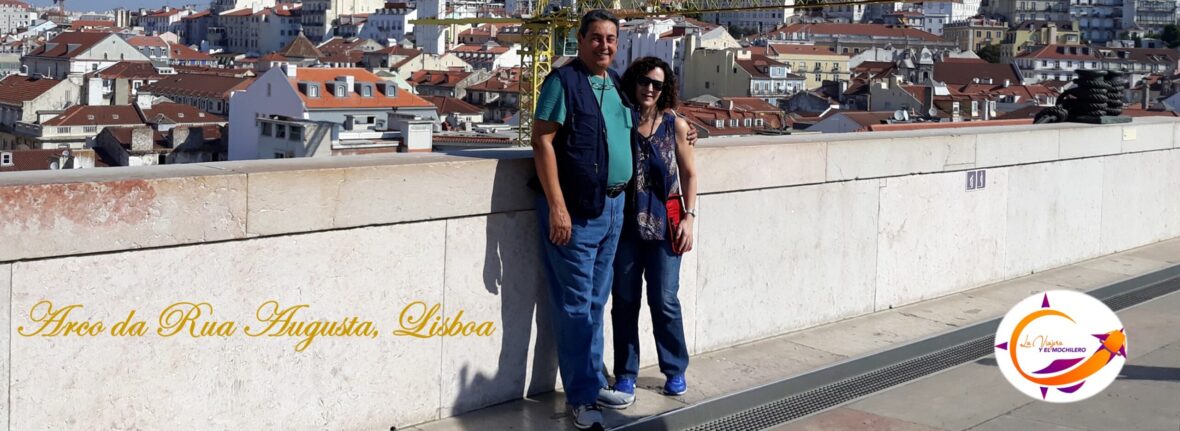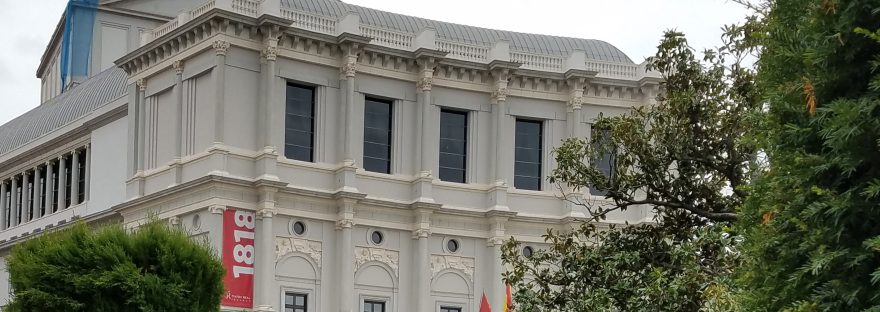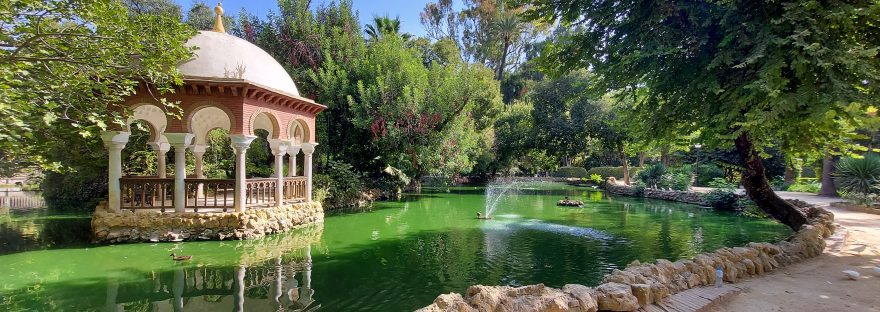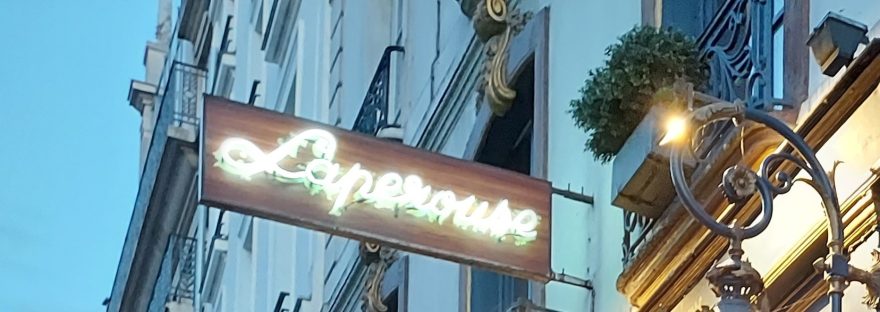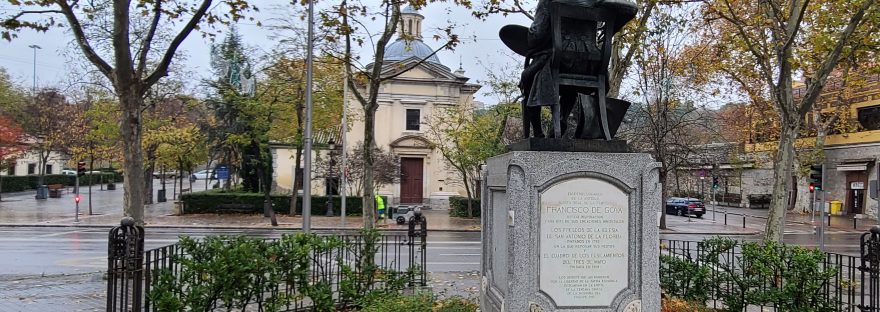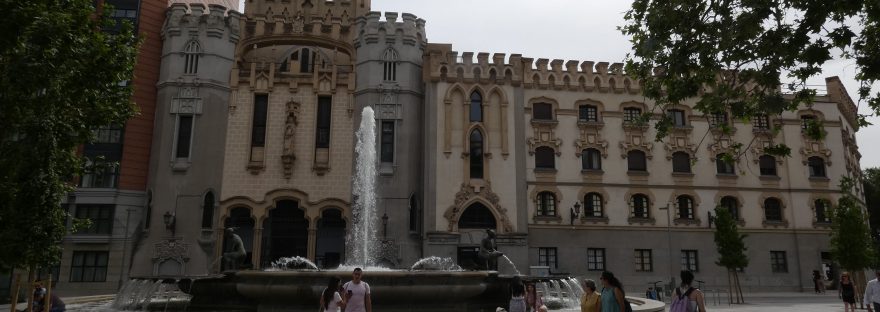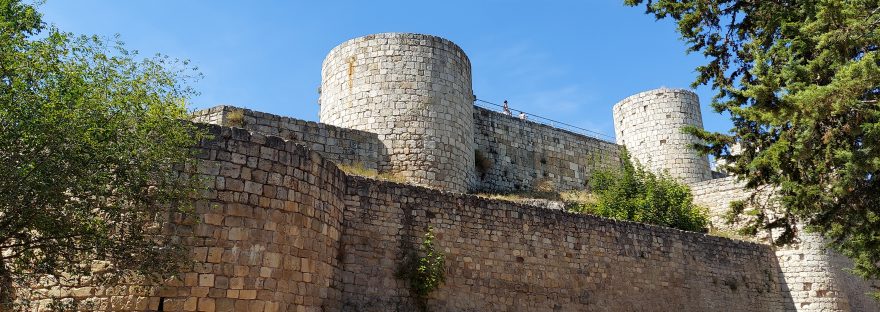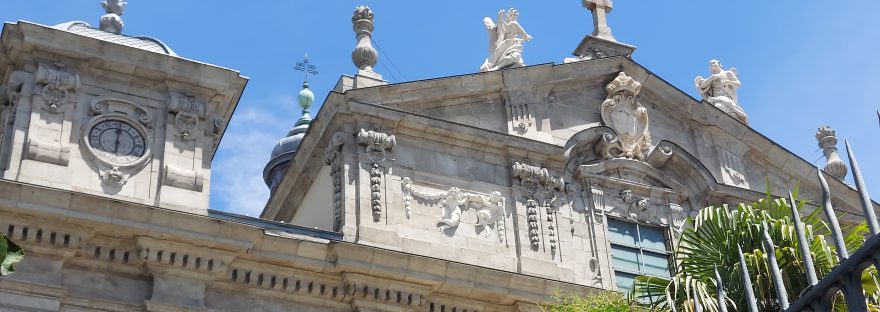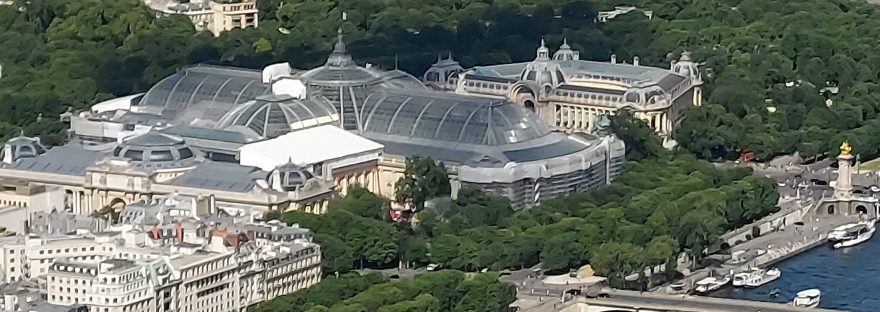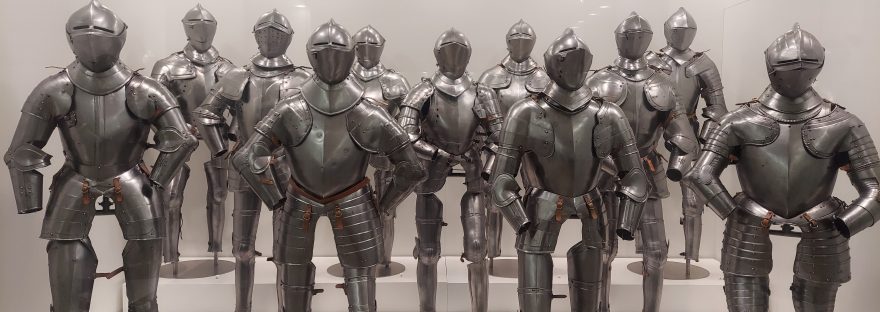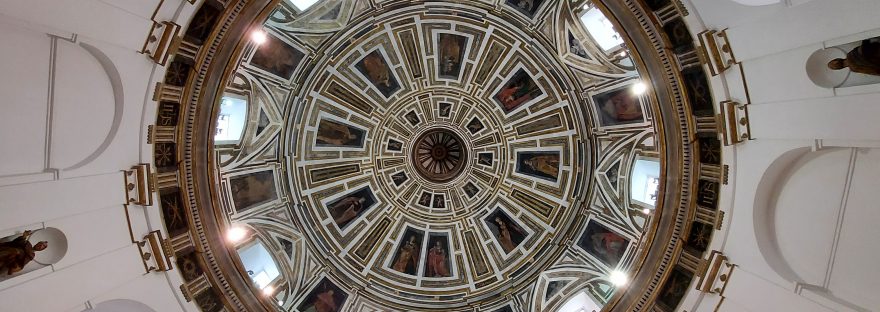When making your way to take the Metro Opera Station in Madrid’s Isabel II Square, or strolling through the gardens of the Plaza of the Orient, there is one building that stands out very elegantly, it is the Royal Theater. It is the first institution for the performing arts in Spain, the National opera house and considered one of the main opera coliseums internationally. Its program ranges from its renowned opera productions, ballet, dance, flamenco, concerts, to entertainment and shows for the whole family. Continue reading “Royal Theater of Madrid”
Tag: LVYEM
Maria Luisa Park, Seville
The first urban park of Seville is the Infanta Maria Luisa Fernanda Park, better known as Maria Luisa Park. It is a wonderful area, where tranquility and calmness are breathed in an extension of 34 hectares. It was declared in 1983 as an Asset of Cultural Interest in the category of Historical Garden. Continue reading “Maria Luisa Park, Seville”
Lapérouse Restaurant in Paris
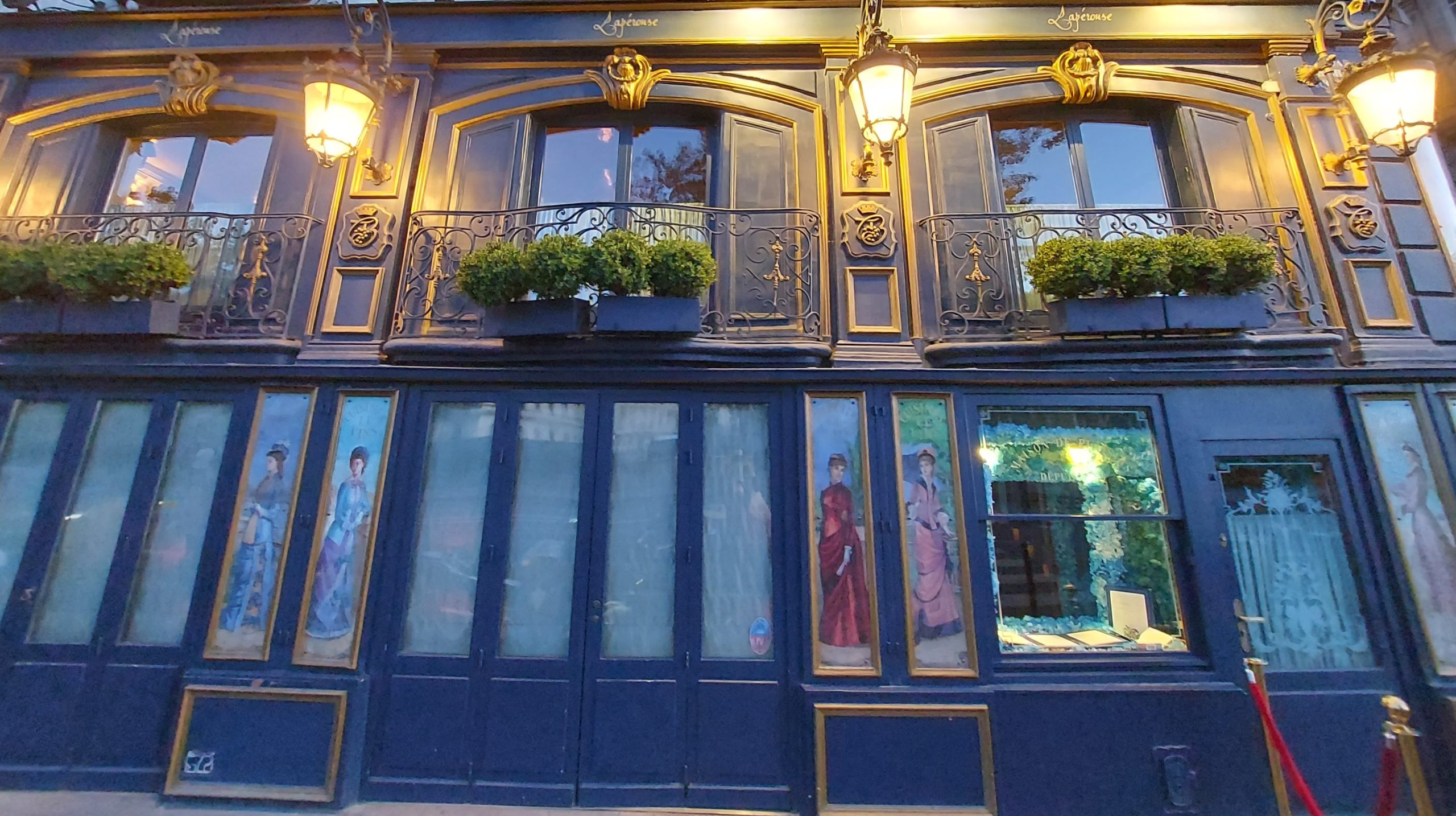
Stopping at number 51 of the “quai des Grands Augustins” and pause to observe the Lapérouse Restaurant in Paris is unavoidable. Its antique details and the female paintings adorning its facades impart a great beauty and colorfulness, difficult to evade. The Lapérouse is located on the left bank of the Seine River (Paris 6), offering a wonderful panoramic view of the river. It reopened in 2018 after a renovation that maintained the original decorative elements.
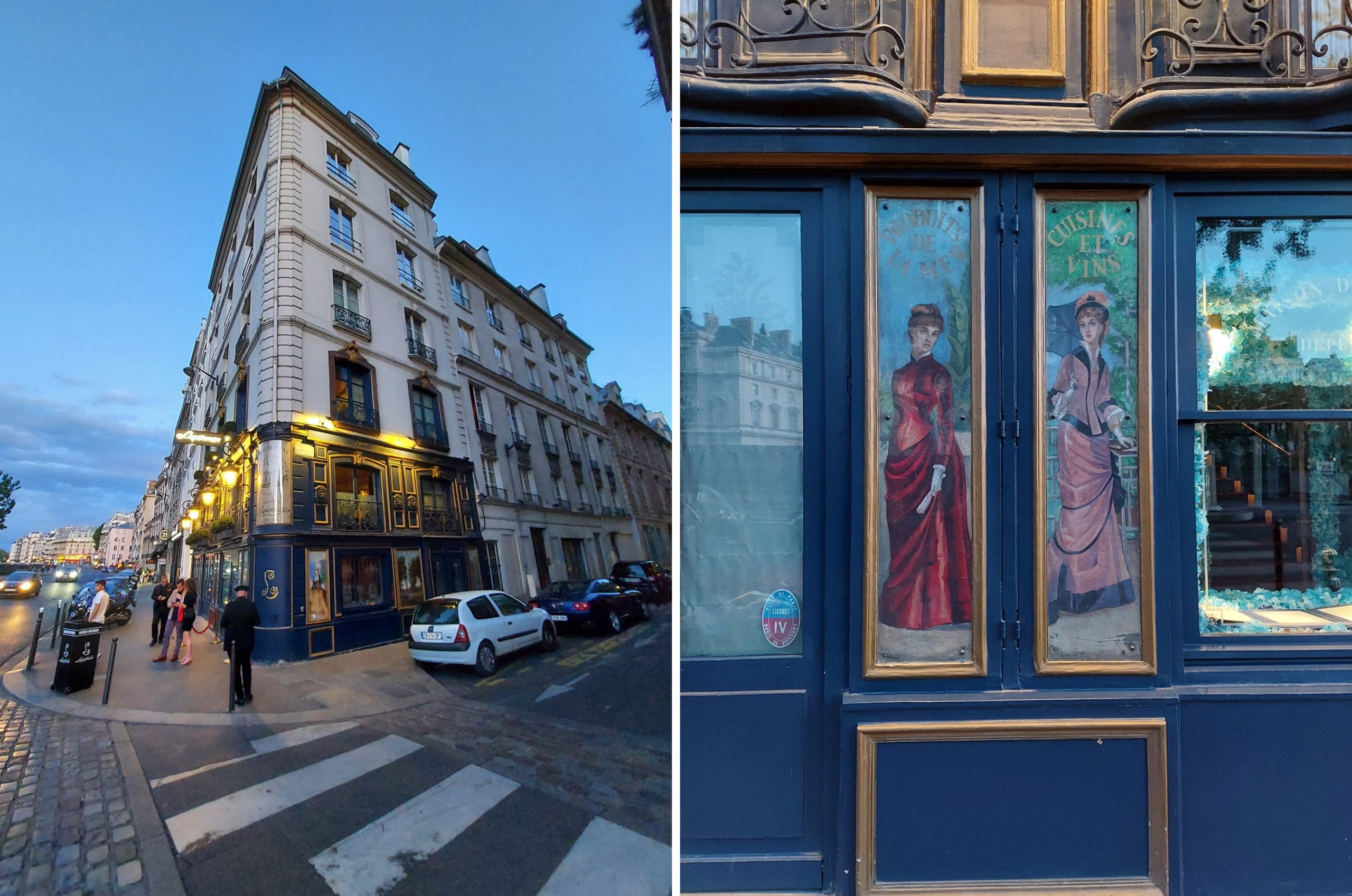
Lapérouse defines itself as ‘The House of Pleasure’ and since 1766, what was a former private mansion was transformed into a wine store. It was the first restaurant in the world to obtain 3 stars in the Michelin guide in 1933. It specializes in traditional cuisine and seats only 58 patrons for dinner.
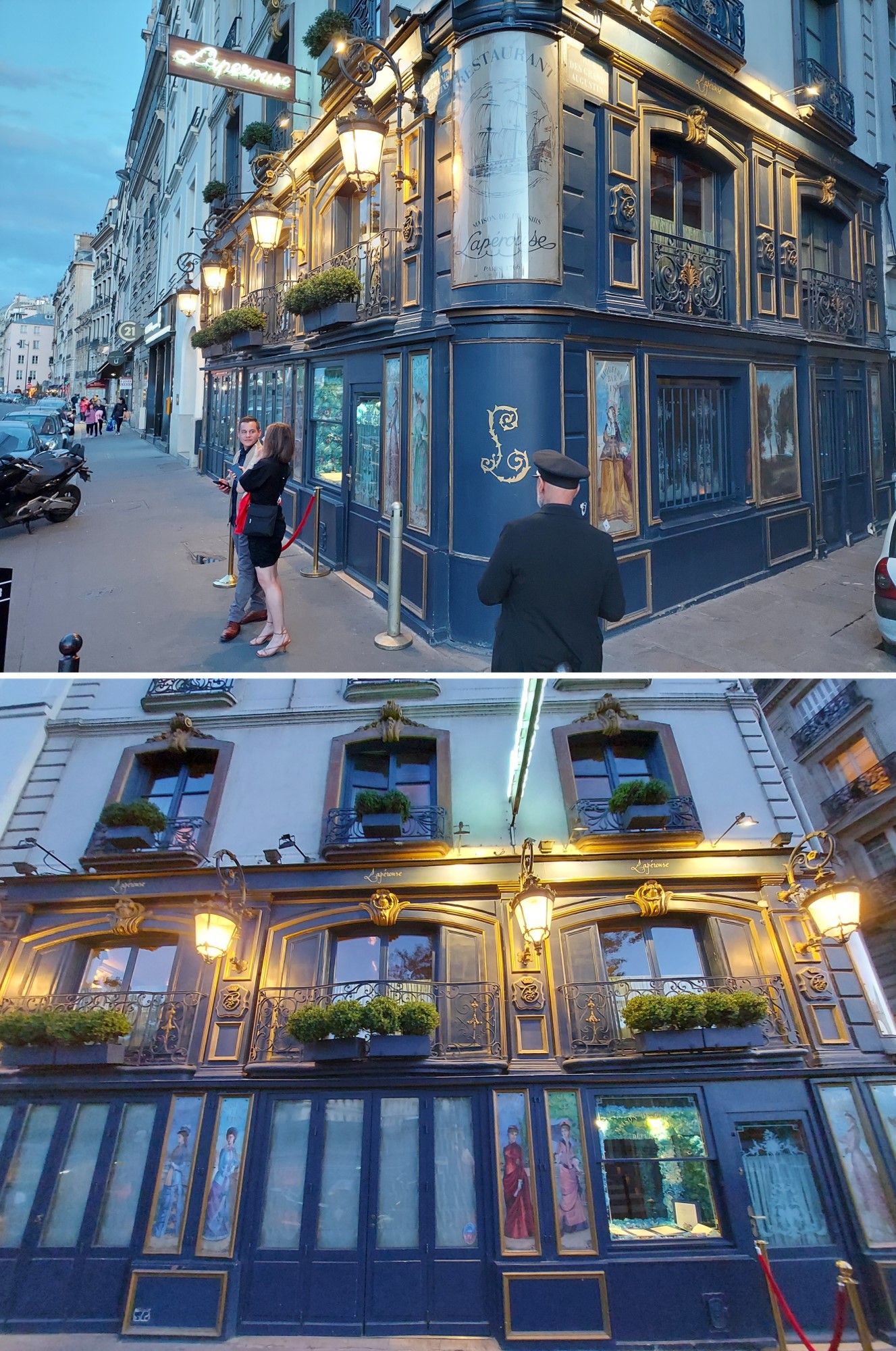
For more than two centuries, it has been the scene of French haute cuisine as well as of the literary, political and cultural social life of Tout-Paris. Zola, Maupassant, Baudelaire, Proust … the great Victor Hugo, the famous novelist Colette (from “La Chatte”), Serge Gainsbourg (who met Jane Birkin here), Woody Allen who chose the place for one of the scenes of “Midnight in Paris”, Orson Welles, Winston Churchill, Ernest Hemingway! If only these walls could speak! Today, these great writers, artists, filmmakers, political leaders and actors are joined by other great personalities of fashion and cinema, making every moment at Lapérouse a unique experience.
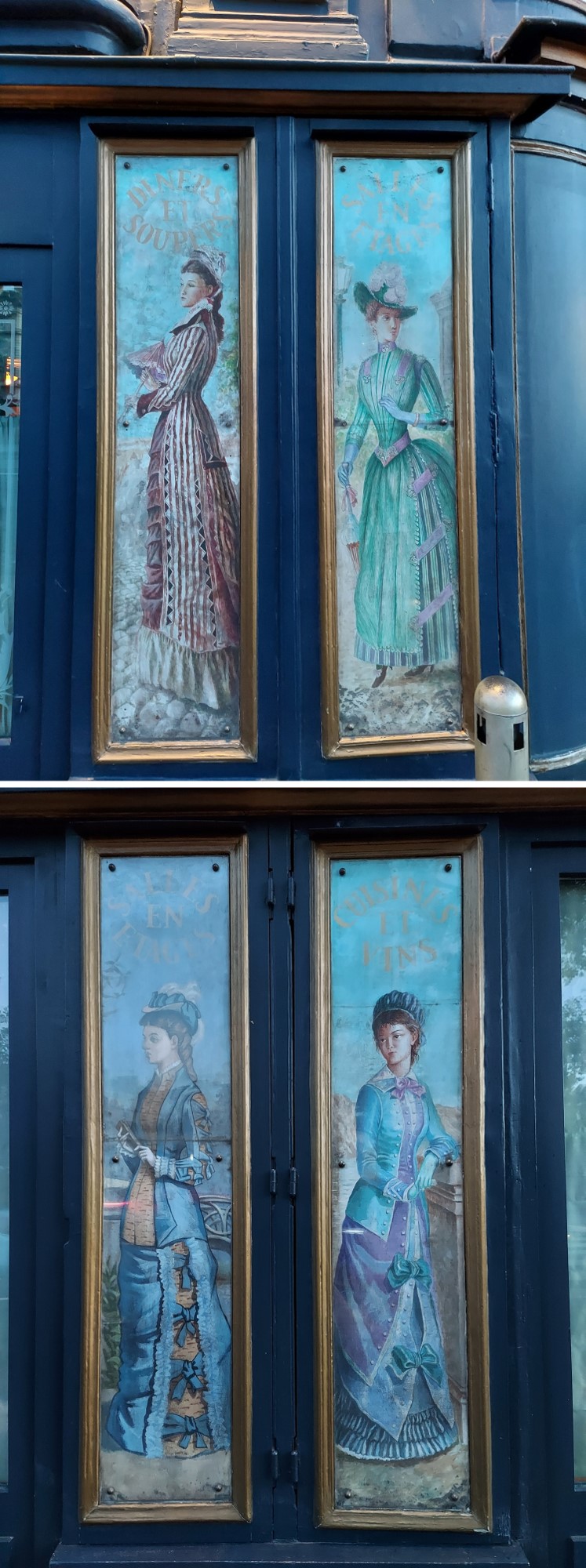
For those who wish to have a complete gastronomic experience, including history and great beauty, this is the ideal place. Of course, always remembering that fame has a price.
************
Sources consulted:
http://laperouse.com/en/
https://www.20minutos.es/gastronomia/restaurantes/laperouse-primer-restaurante-mundo-tres-estrellas-michelin-hemingway-famosos-5089997/
https://es.parisinfo.com/restaurante-paris/94440/Laperouse
Hermitage of “San Antonio de la Florida”, Madrid
Arriving at #5 of the “San Antonio de la Florida” Roundabout on the banks of the Manzanares River in Madrid, you look straight ahead and find not one, but two identical hermitages. Now, it is the so-called San Antonio de la Florida hermitage on the right side of the square, the reason for arriving there. It is the only one, of three hermitages, dedicated to San Antonio de Padua that has survived of those that existed on the outskirts of Madrid. It is known as the hermitage of “San Antonio de la Florida” because it is located on the “Paseo de la Florida”, where formerly stood the Palace of Florida, acquired by Charles IV. Today, there are no remains of this palace as it was demolished in the 19th century to enable the construction of the new “Estación del Norte” (now the Príncipe Pío Railroad Station). Continue reading “Hermitage of “San Antonio de la Florida”, Madrid”
The Church of Saint Theresa and Saint Joseph of Madrid
Its facade, reminds us of a medieval fortress, creating a very marked and beautiful contrast with the modern buildings that surround it. It is the National Temple of Saint Theresa of Jesus and Convent of the Discalced Carmelite Fathers, also known as the Church of Saint Teresa and Saint Joseph in Madrid, Spain. This church was declared an Asset of Cultural Interest on December 20, 1995. Continue reading “The Church of Saint Theresa and Saint Joseph of Madrid”
The Castle of Burgos
At the top of the hill of the Castle, serving as a strategic location and with a very broad visual domain of the valley of the Arlanzón river, we find in the Spanish city of Burgos, precisely its Castle. Continue reading “The Castle of Burgos”
Santa Barbara Church, Madrid
The church of which we are going to share with you a bit of its history, we had already had our eye on it on a previous visit to Madrid. It was not open on that occasion, so we put it on the list of places to visit on our next visit. This time, we had the opportunity to enter and were delighted with its architecture that projects a lot of elegance. Continue reading “Santa Barbara Church, Madrid”
The Grand and the Petit Palaces in Paris
Strolling down the Champs Elysees in Paris we find two structures with beautiful decorative details on their facades facing each other, it is the Grand Palais (Grand Palais) and the Petit Palais (Petit Palais). Both buildings were built for the Universal Exposition of 1900, along with the Alexander III Bridge, creating a beautiful monumental setting. Continue reading “The Grand and the Petit Palaces in Paris”
The Military Museum of the Alcazar of Toledo
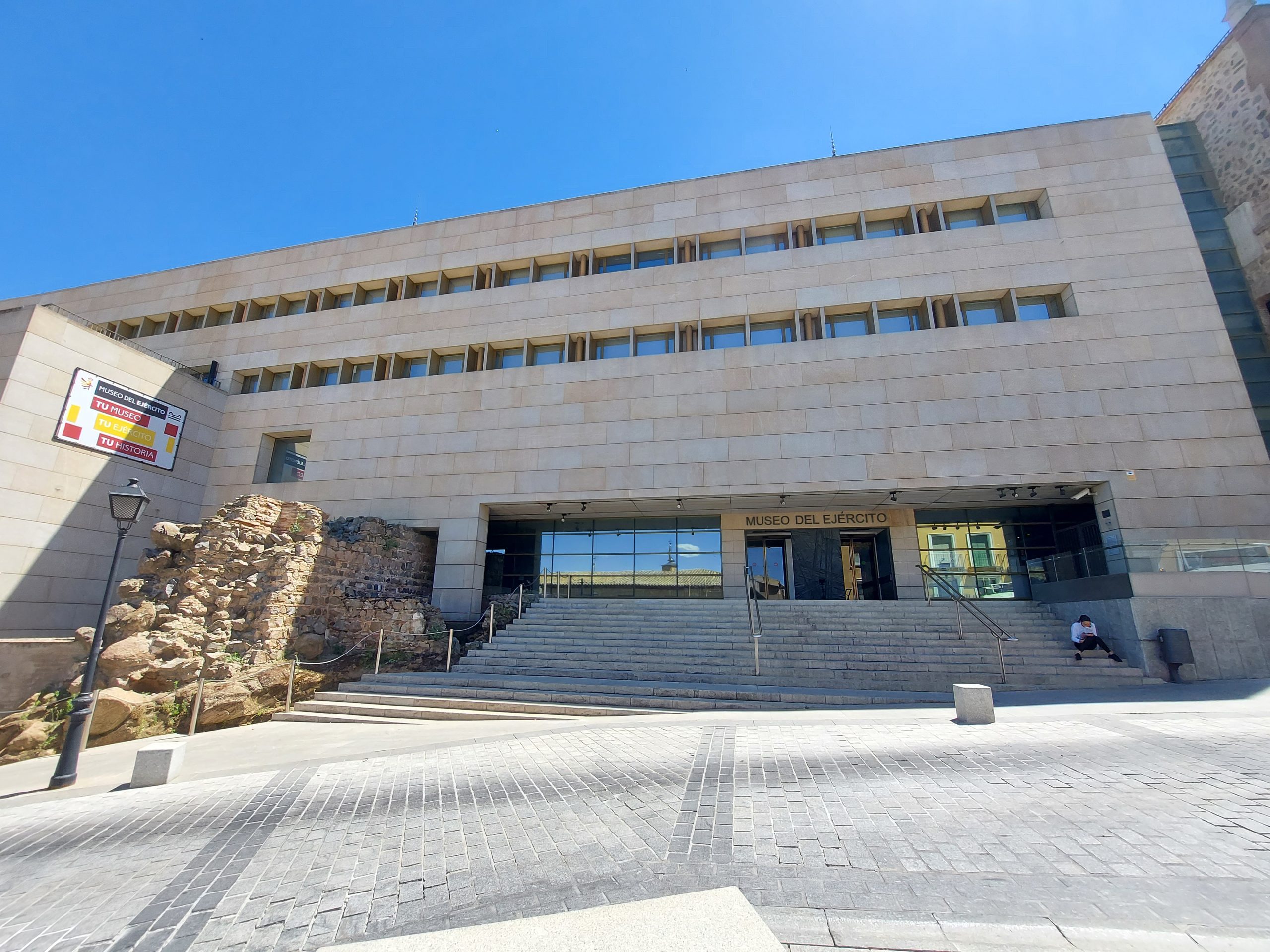
The Alcazar of Toledo houses since 2009, the Military Museum, being the result of the merger of several Military Museums created throughout the nineteenth and early twentieth centuries. It is attached to the Spanish Ministry of Defense. Continue reading “The Military Museum of the Alcazar of Toledo”
“Santo Cristo de la Salud” Church of Malaga
On our way to visit the Carmen Thyssen Museum in Malaga (Spain), next to it, we found a church barely noticeable given its location on “Compañía” Street, which is very narrow and it becomes somewhat difficult to observe the facade, which, although it was a simple one, had some architectural details. Continue reading ““Santo Cristo de la Salud” Church of Malaga”
